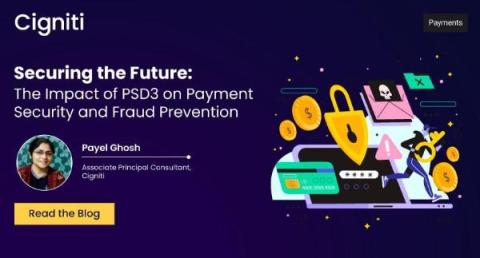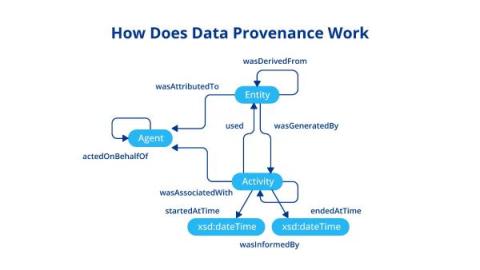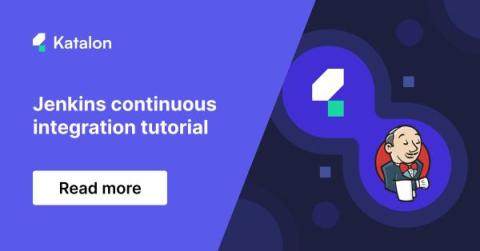SEO and Web Design: What Designers Need to Know
While designers and SEO experts are united in their focus on addressing user experience and user intent when designing a website, there are some areas where they don’t always see eye to eye. These include labeling for users vs. labeling for search engines and consolidation of content vs. expansion of content. Is there a way to address the needs of both sides while creating the best possible user outcome? Absolutely.











